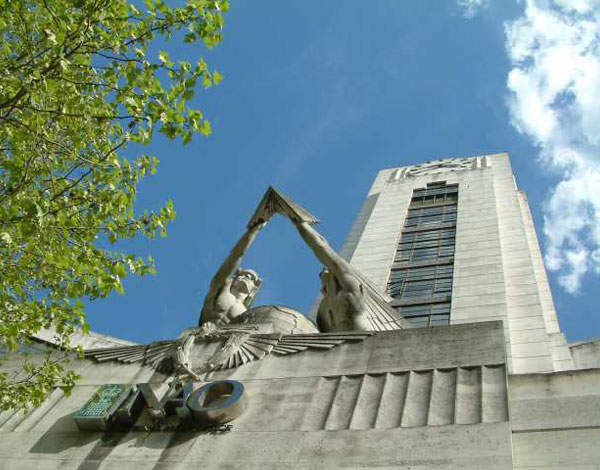

Tax reliefs are an essential part of the tax system. They can be used as a mechanism to redistribute wealth, support economic growth and influence behaviour, with all taxpayers and consumers benefiting to some extent from their existence.
However, tax reliefs also create opportunities for misuse and tax avoidance. With over 1,000 tax reliefs in existence, there are a lot of opportunities. This, at least, seems to be the view of HMRC. In its guidance to the General Anti-Abuse Rule (GAAR), which came into force in 2013, HMRC published a list of the types of tax avoidance schemes that it will always challenge, under the GAAR. Of the nineteen examples provided, six relate to the exploitation of tax reliefs, highlighting the vulnerability of tax reliefs to abuse.
HMRC is not alone in believing tax reliefs are open to abuse. In a report published on 28 March 2014, the National Audit Office (NAO) (pictured top) was critical of the lack of systematic monitoring of the use of tax reliefs by HMRC and the Treasury, and expressed serious concern that this creates myriad opportunities for avoidance.
More on tax avoidance from Spear’s
Of 92 principal reliefs examined, the NAO report concludes that transactions involving a quarter of these cases have increased significantly in value in recent years. For example, they noted, the total value of Agricultural Property Relief (APR) and Business Property Relief (BPR) from Inheritance Tax (IHT) has almost doubled in five years.
The report states that the combined APR/BPR relief now being claimed annually is worth more than five times the total £3.1 billion of IHT actually collected each year – a figure they regard as ‘alarming’.
But is it a fair assumption that the increased use of reliefs must be due to abuse? The NAO report included (for example) the annual personal income tax allowance, which even HMRC says is not a relief, but ‘simply helps define the tax base’.
Of the reliefs highlighted by the NAO, the financial press has reported that agricultural property prices have tripled over the last decade, while (according to a new report by Barclays Business) family-owned businesses contribute £180 billion to the economy, and roughly the same number of jobs as the whole of the public sector.
It’s no surprise, perhaps, if the total value of APR and BPR claims in respect of farmland and businesses has also soared. However, other reliefs including film finance and deductions from corporation tax for interest paid, for example, have been the subject of widely-reported exploitation.
The Chairman of the Public Accounts Committee says it is ‘shocking’ that, because HMRC conducts so few evaluations into the cost of tax reliefs, it cannot even estimate whether this growth in the use of reliefs is due to legitimate use or misuse.
On 7 April, Treasury and HMRC officials were interrogated by the Committee on the contents of the NAO report. Although the Committee has yet to report its conclusions, it appears that they feel the time has come to implement an orderly and routine system of investigation into how reliefs are used, both to prevent abuse, and perhaps to lead to the restriction or removal of some.
Hannah Blakey works at boutique private wealth law firm Maurice Turnor Gardner LLP






